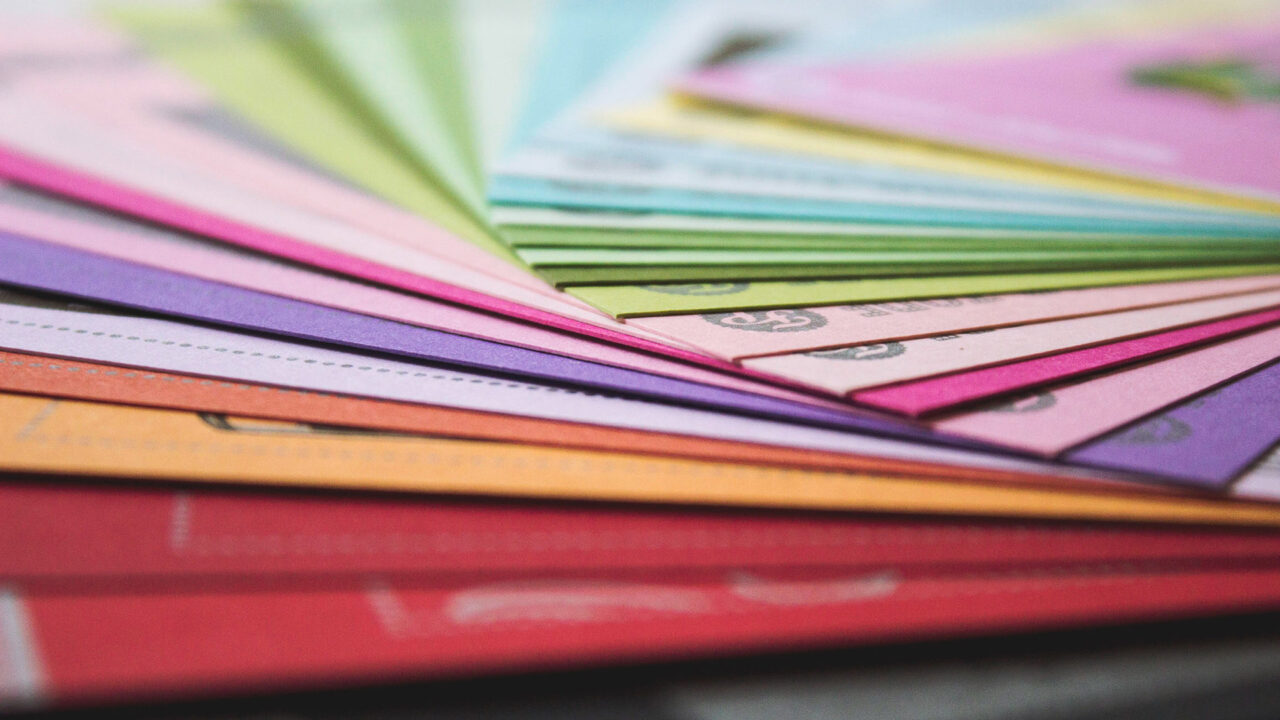Request for Proposal. In our industry, it’s hard to imagine three words that carry greater potential. They are the key to the future and have initiated boatloads of work, many fantastic relationships and countless successful projects. Not just for us, but for anyone in the industry who has ever sent or responded to an RFP.
It’s a process that’s less than scientific, but definitely more than a shot in the dark. Most RFPs have common elements, but there’s enough variation in the details that, for us, our responses are customized and unique to that organization’s needs as outlined in its RFP.
Based on the information we receive, we strive to assemble a complete picture of our creative and technical talent and capabilities, along with how we’ll apply our expertise to the conference or event for which the proposal is sought. Because accurate budget numbers are typically required, the level of thought is extremely detailed. Developing a good RFP that pulls out the pertinent information is important. As a company that is continually responding to RFPs, here are a few items to consider…
To RFP or not to RFP?
If you are considering a new event, looking to re-energize an existing event or “just seeing what’s out there,” we think it’s worth requesting proposals.
Provide the “why” behind sending the RFP. It helps to have a goal and to clue your prospective partners in on it. We understand sometimes it’s a healthy exercise to ensure costs, creative, technical and service are in line with current trends. We also respond to a lot of companies and organizations who have outgrown their current provider and are seeking a partner who is going to help take them to the next level and beyond. Maybe you’re seeking an easier, faster process or different ideas on set designs, recognition, product introductions etc. Understanding the underlying motivation helps us customize our presentation to make sure we are providing the desired information.
Details In, Details Out
In many ways, the proposal received is only going to be as good as the details included in the RFP. A detailed project description should be provided and, if possible, supported with pictures and/or video (or links to video) to give those responding an idea of the scope, scale and tone of the program up for bid, taking into account events and activities that occur outside of the general session environment. It’s always good to have a common reference point.
An event’s history is important as well. What’s its role within the overall big picture and past of the company or organization? What has the attendance pattern been? What’s the typical audience? In what venues has this event been held previously?
Providing an accurate budget target, budget range or budget cap for the event is extremely helpful and allows us to be efficient in our response. We can and will design a positively impactful event for any budget and will work hard to give you the biggest bang for your buck.
We Never Met an RFP We Didn’t Like
Well, that may not be entirely true. But we can say this: We appreciate organizations that are confident in who they are and what they want from an event. We don’t believe there’s a right or wrong way to prepare an RFP. However, some are more thorough than others and, as a result, receive more detailed answers, including supporting materials from renderings, sketches, and links to sample animation and video. The process is about understanding what you value in your events, what experiences and behaviors you want to perpetuate and making sure those come through in the RFP in a manner that is going to result in a proposal that wows you.



